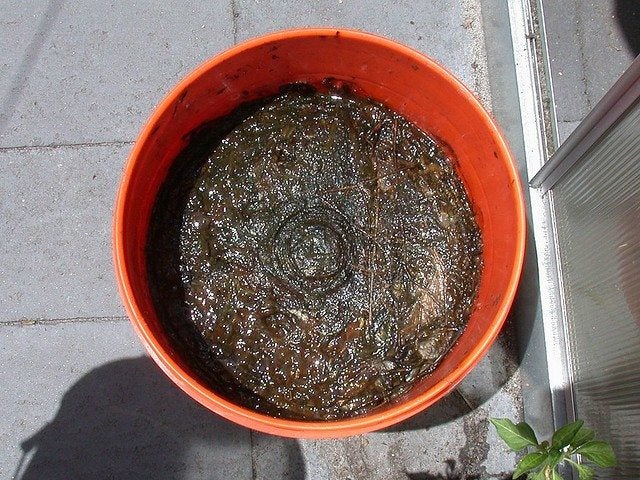How To Kill Multiflora Rose Bushes - My Battle With Wild Rose Bushes
If there is one weed I despise seeing in my yard, it's the multiflora rose bush. These wild rose bushes have thorns which snag and grab me whenever I get close.


If there is one weed I despise seeing in my yard, it's the multiflora rose bush. If no efforts are directed toward multiflora rose control, these nasty shrubs can reach heights of 10 feet (3 m.) tall and 12 feet (4 m.) wide.
With an out-of-control octopus-like growth habit, these wild rose bushes have thorns which snag and grab me whenever I get close.
How to Kill Multiflora Rose Bushes
Attempts to cut down these wild rose bushes was like doing dental work on a Bengal tiger. The rambling, thorn-laden canes left blood-filled scratches on my skin and snagged and tore my clothing.
Once cut, the branches continue to be a menace as they lay on the ground ready to ambush my pant legs at every turn.
In simple terms, I realized each time I cut a branch, I had to pick it up and put it in the wheelbarrow before it was safe to cut the next cane. Needless to say, this Is a time-consuming and tedious process. Only after all the branches are removed was it safe to dig out the roots of a multiflora rose bush.
Unfortunately, I tried chemical warfare, which killed the grass and vegetation under and around these weedy shrubs as well.
Worse yet, once these scrubby wild rose bushes died, their thorn-laden woody canes remained. Like half-visible ghostly skeletons, the trailing branches would reach out and assault me as I mowed the lawn. Even with the convenience of herbicide warfare, the tedious process of cutting down these shrubs remained.
Sign up for the Gardening Know How newsletter today and receive a free copy of our e-book "How to Grow Delicious Tomatoes".
Guess What Eats Multiflora Rose
Much to my surprise, there's an environmentally-friendly way of multiflora rose control. In our case, his name was Luke and he turned out to be my knight in shining armor in my decades-long battle with wild rose bushes.
Luke was a Toggenburg goat who apparently didn't read breed descriptions. Standing well over the average height of 36 inches (91 cm.) for a male Toggenburg, Luke was as equally rambunctious and playful as he was tall. Turn your back to him and you'd better be prepared for a head butt in your posterior.
Goats are well-known for eating a variety of weeds and we had purchased Luke to help my husband keep the fence lines trimmed. Yet, the first time I saw Luke munching on a multiflora rose bush cane I absolutely cringed. Undaunted by the thorns, he sucked it in like one would a pretzel stick.
Over the next few years, Luke demolished even the most menacing rose shrubs. He really seemed to enjoy the tender young growth of newly emerging rose plants most. In doing so, this ornery old goat taught me a valuable lesson in weed control.
Now whenever this invasive weed pops up, I immediately cut it down and pull the roots. Vigilance really is the best method of multiflora rose control!

Laura Miller has been gardening all her life. Holding a degree in Biology, Nutrition, and Agriculture, Laura's area of expertise is vegetables, herbs, and all things edible. She lives in Ohio.